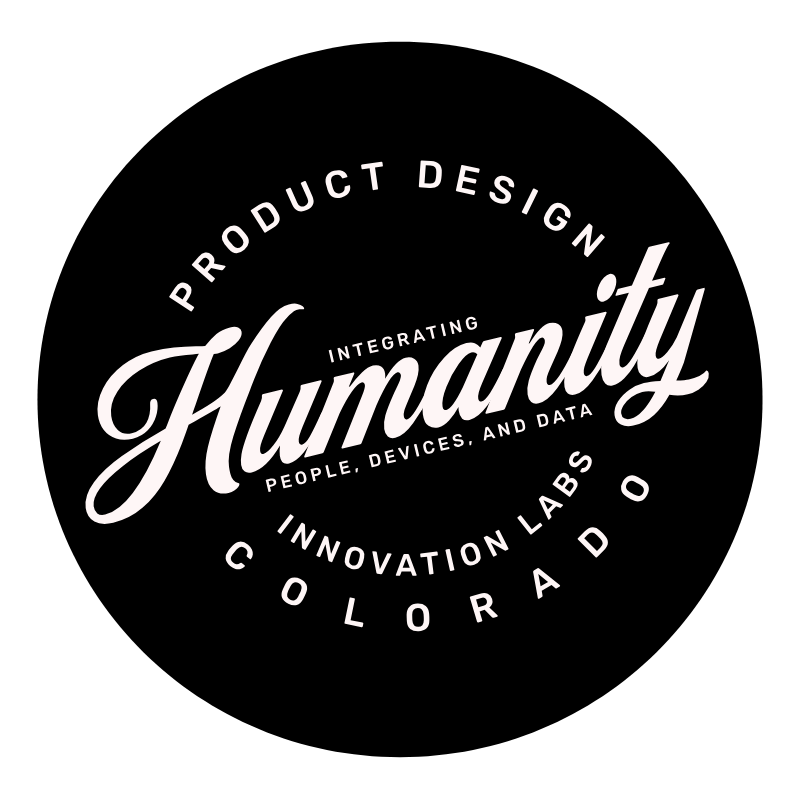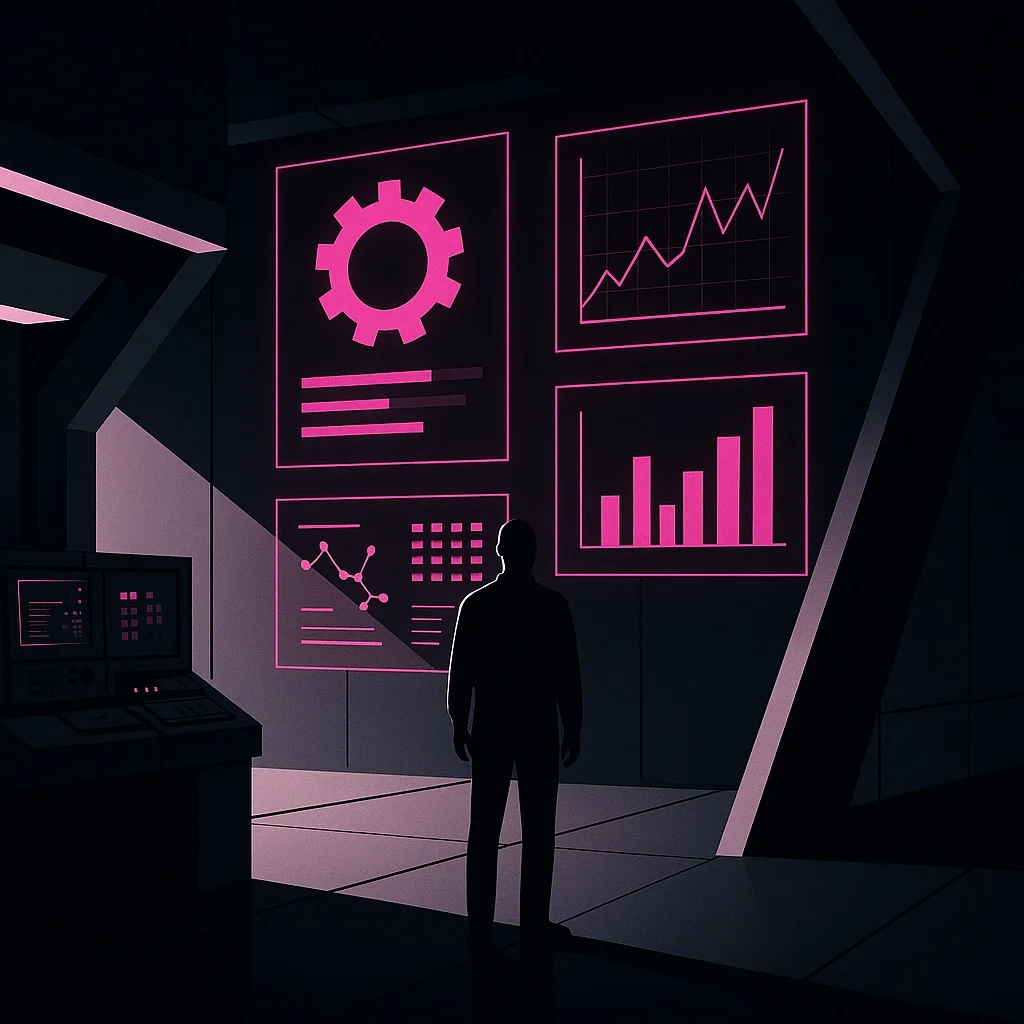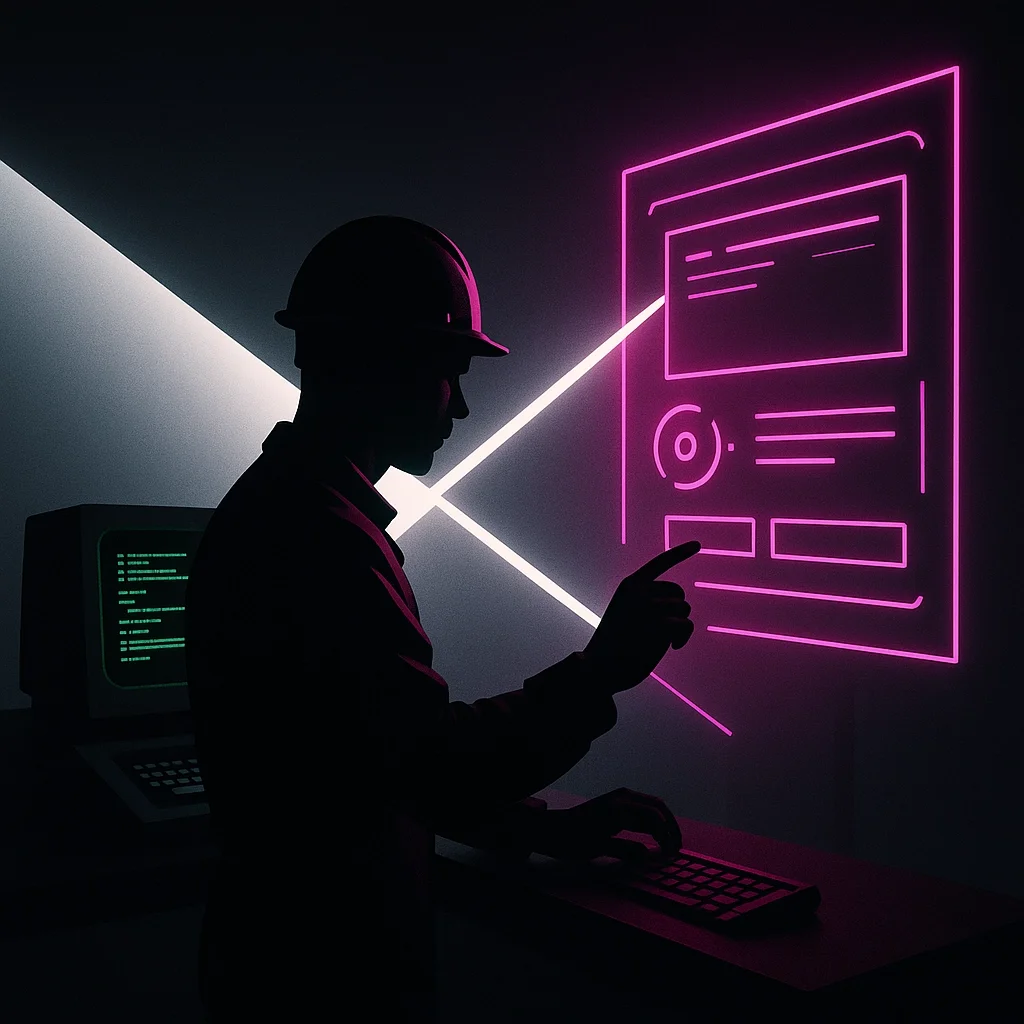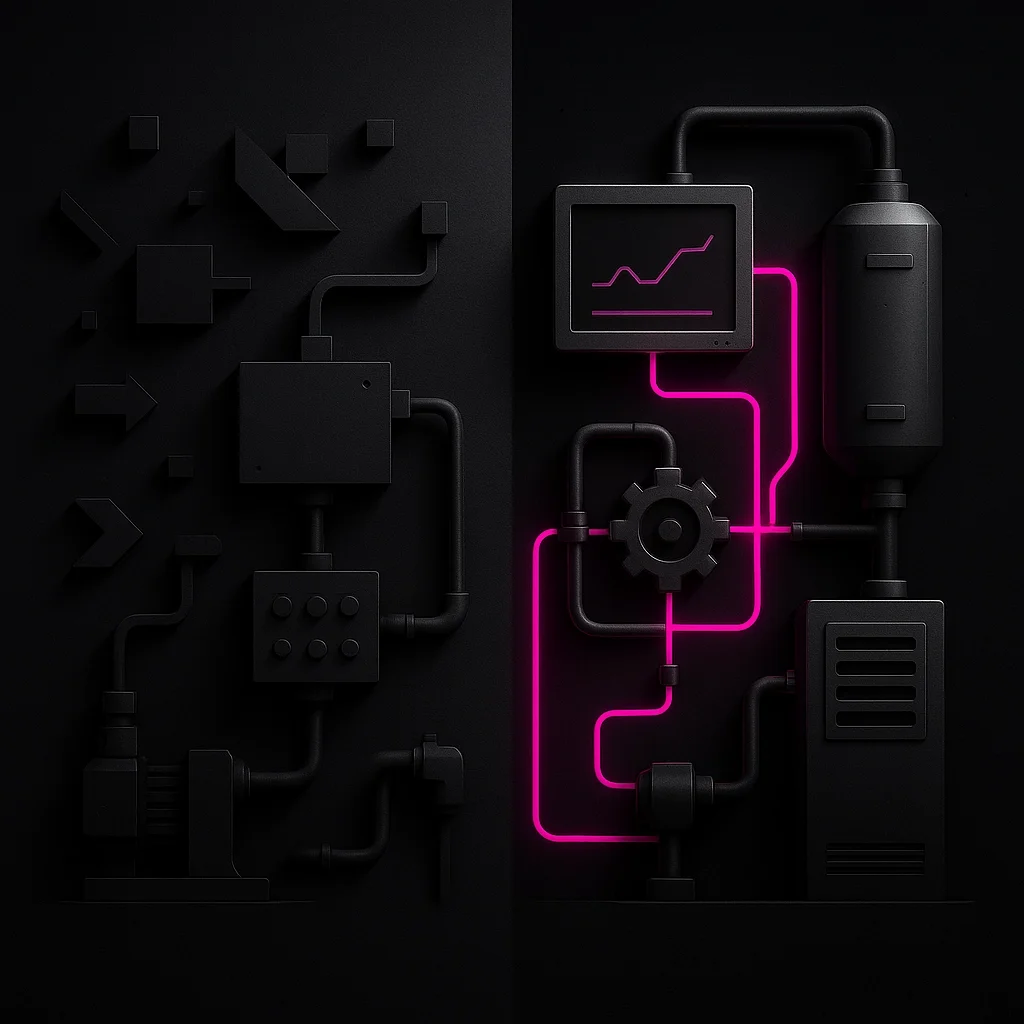Modernizing Legacy Systems: Why Deep User Research is the Hidden Engine Behind Industrial Upgrades
The Legacy Paradox
Across manufacturing and industrial sectors, entire production lines run on systems old enough to remember dial-up internet. These legacy platforms — green-screen terminals, outdated interfaces, patchwork hardware — are both a testament to durability and a major roadblock to progress.
Yet when organizations attempt to modernize, they often overlook a vital reality: these systems are deeply woven into how people actually work. Operators, technicians, and managers build workarounds, shortcuts, and tribal knowledge that no requirements doc ever fully captures.
The result? Companies spend millions on new technology that ends up bypassed by the very people it’s supposed to help. We’ve seen touchscreen dashboards that can’t be used with gloves, shiny new apps abandoned for paper logbooks, and beautiful interfaces that quietly gather dust because they break trusted workflows.
Why User Research Changes the Game
At Humanity Innovation Labs™, we believe modernization fails when it treats technology as the hero and humans as an afterthought. Deep user research flips this dynamic. Instead of guessing what people need, research makes the invisible visible: the workarounds, the undocumented shortcuts, the small moments of human judgment that keep complex operations running smoothly.
When teams embed real research at the start, they don’t just upgrade software — they unlock hidden insights that make new systems genuinely usable, efficient, and trusted by the workforce that depends on them.
Key Research Practices That Make Legacy Modernization Work
1. Contextual Inquiry: Seeing Work in the Wild
Shadowing operators on real shifts reveals what official processes miss. We’ve watched skilled workers toggle between three systems and a paper logbook because the “official” digital tool slowed them down in critical moments. Observing this in action often surfaces simple design changes that save hours of frustration and costly downtime.
2. Artifact and Workaround Analysis
Legacy systems spawn hidden systems — sticky notes on monitors, cheat sheets taped to machines, homemade Excel files. Studying these tells you what the current system can’t do — and what any replacement must absolutely get right.
3. Journey Mapping Across Old and New
Most industrial jobs don’t happen in a single system. Research must map how workers flow between software, physical tools, manual tasks, and human handoffs. This reveals integration points where modern systems must connect with the old to avoid disrupting what works.
4. Co-Design with the Workforce
Including long-tenured employees in design sessions brings their expertise directly into the solution. The best modernization projects treat operators not just as users but as co-creators — because no one knows the system’s hidden logic better than the people who’ve kept it running for decades.
Case in Point
A recent client, a major packaging manufacturer, needed to replace a 30-year-old control system. Early vendor pitches were filled with glossy 3D graphics — but user research showed seasoned operators needed fast, command-line access for critical tasks. We helped design a hybrid solution that blended modern visual dashboards for situational awareness with streamlined text controls for speed. The result: faster training for new staff and greater trust from veteran operators.
Designing for the Transition — Not Just the End State
Research also shapes how you roll out modernization. Understanding which legacy elements workers rely on helps teams build transition plans that honor that knowledge — from hybrid interfaces to side-by-side pilot phases that give people time to adapt without losing productivity.
Better Tech, Powered by Better Human Insight
In the rush to modernize, it’s tempting to think automation and digital tools will replace old ways overnight. But industrial work is still — and always will be — a deeply human process. The goal of user research is not to fight this reality but to support it: uncover what people really do, why they do it, and how technology can amplify — not override — their expertise.
When done well, human-centered modernization backed by deep research lowers adoption risk, reduces costly rework, preserves essential knowledge, and delivers technology that actually works in the messy reality of industrial life.
In an age of rapid industrial transformation, organizations that pair advanced tech with rigorous user research won’t just upgrade their systems — they’ll future-proof the knowledge, trust, and human know-how that keeps the factory floor humming.
Ready to bridge the gap between old systems and new tech?
Explore more ways we help industrial teams modernize with confidence at Humanity Innovation Labs™.




